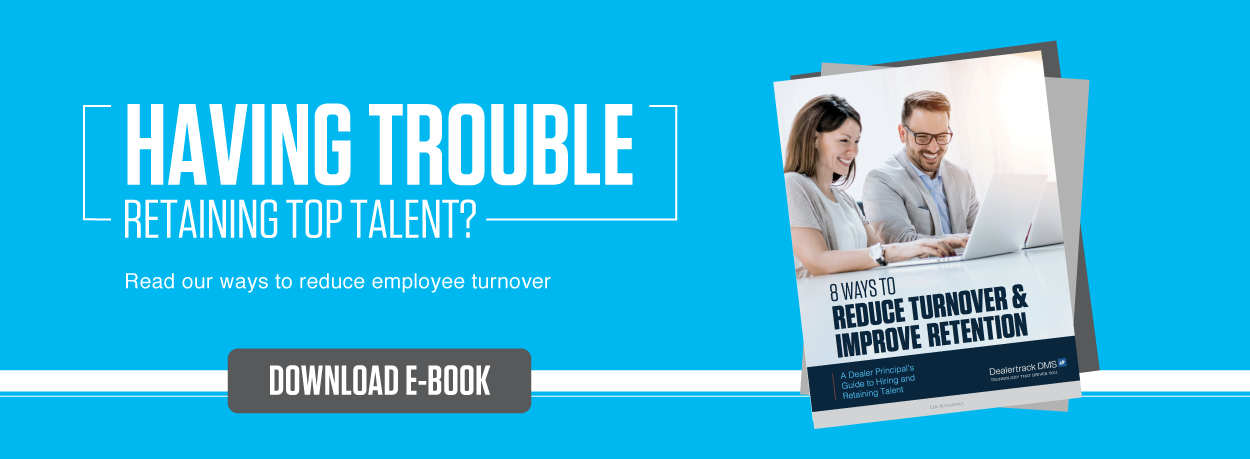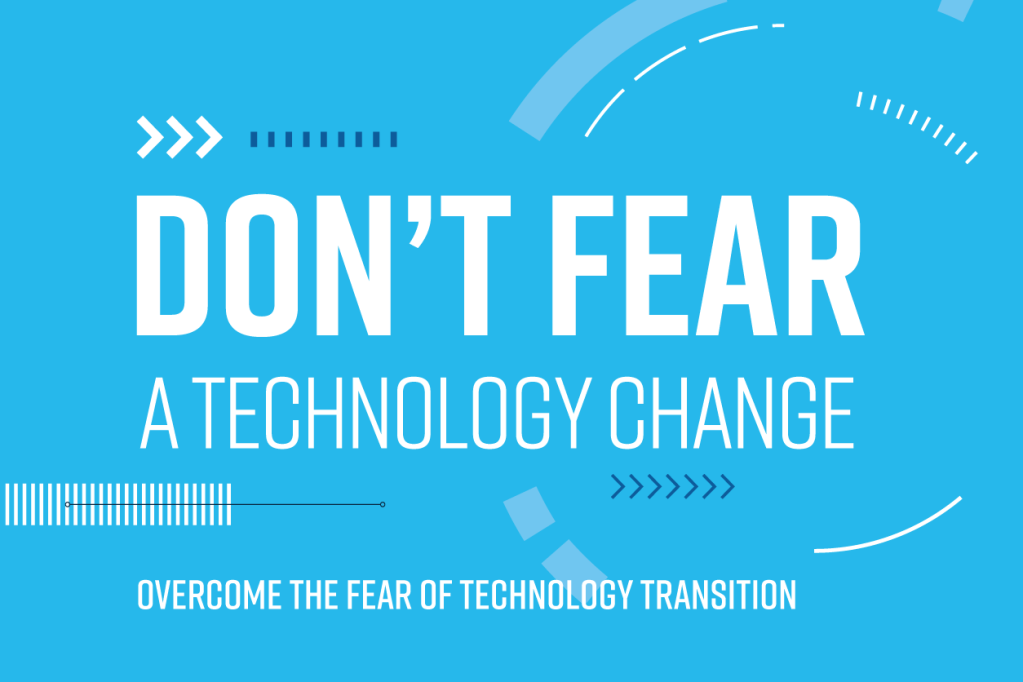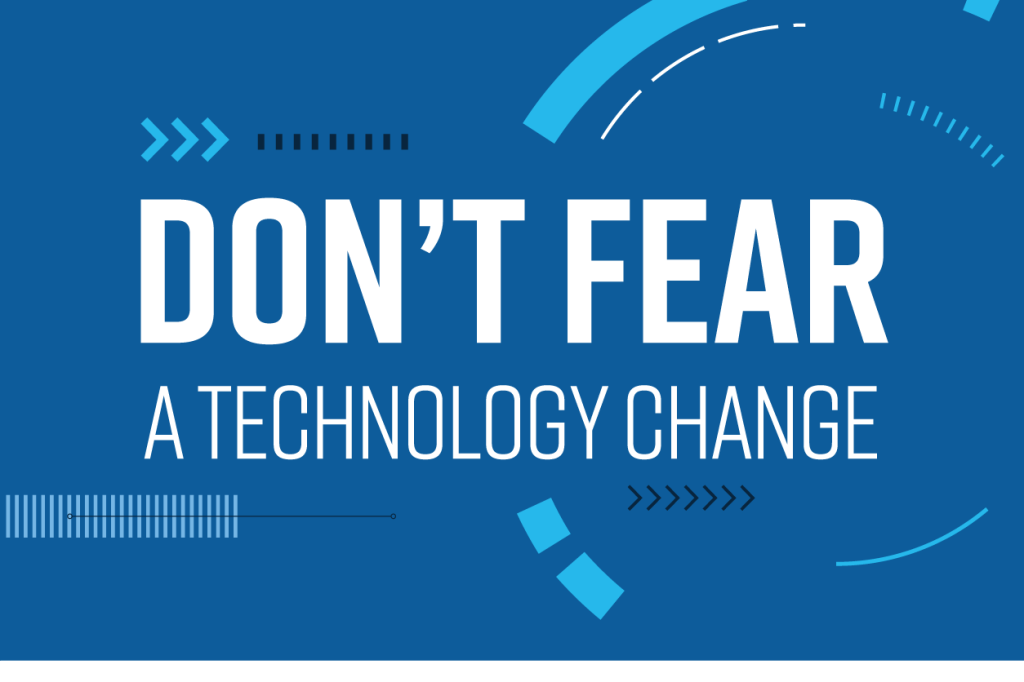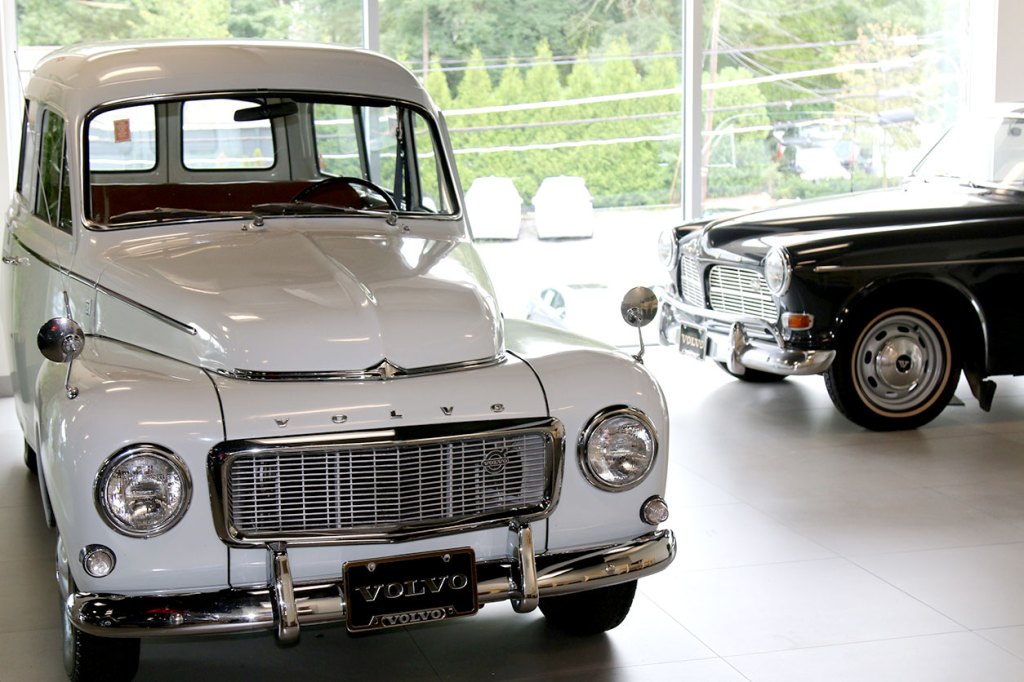Partnering with People Ops at your auto dealership has to happen now. And it’s time to get creative because a strong labor market—with an unprecedented unemployment rate of 3.9%—means the pressure is on you to hire and retain the staff you need to run your dealership. If that worries you, then you’re probably paying attention. You’re probably realizing the your HR strategy needs to align with your business strategy–HR is no longer a silo or department DPOs and GMs can ignore. Now that we have your attention, here are 7 ways to improve your hiring strategy:
1. Filling The Seat Quickly
Don’t make the mistake of hiring the first candidate whose resume uses the correct form of “they’re, their, and there” simply to take the pressure off your overworked sales team. It’s tempting to move through the hiring process quickly, but a bad hire could end up costing your dealership even more in training, turnover, and replacement costs.
2. Making the Decision Solo
Make sure to have any candidate you’re seriously considering meet with several key team members. Get a “gut check” from everyone they’ll be interacting with and don’t make the mistake of putting this very important decision entirely on one person.
3. Failing to Offer a List of Why’s
Every candidate will be asked “why” they want to work with you. But things have changed; remember the 3.9% statistic? Your candidate is evaluating the position as much as you’re evaluating them. What unique benefits does your company offer? What tools and technology will they get to work with? What does your corporate culture look like? Does your dealership offer flexible time off or work schedules that fit with the candidate’s schedule? If you don’t, have you considered why not?
4. Overselling The Job
Make sure you’re honest about the position and everything being offered. If you’re transparent and upfront about your compensation structure now, without over promising unrealistic commission goals, you’re more likely to keep that new hire around longer once they accept the position. Don’t worry, not everyone is looking for an easy job, either. Be honest about what your team does, be proud of what you’ve accomplished, and share what you hope to do in the future. The right candidate will appreciate it.
5. Not Doing Your Homework
Job applicants put a lot of time and effort into building crafted resumes, networking, and fostering great references. If you’re not doing your research and looking into their work history, contacting former colleagues, and doing important background checks, you’re wasting both your time and theirs. Save time, money, and hours of frustration if you build this process into your standard operating procedures now, so you don’t have to worry about it later. Bonus: a little creeping on social media is to be expected on both sides these days. Everything that’s put out in the public sphere is fair game.
6. Taking Too Long
Yes, you should take your time and be thorough, but keep in mind your applicants may have other offers on the table. Don’t be surprised if they’re suddenly unavailable to take your offer if something of better or equal value came along while you kept them waiting. Top talent may also weigh your offer against another if you failed to show up at a scheduled interview time and date. Consider this: many job seekers take time off from current positions to meet with you, at a personal cost. Were you ready and willing to meet them on time?
7. Failing to Develop New Hires
According to a survey of 1,000 dealer professionals, 36% were motivated largely by personal development and career progress. If you onboard a new hire and then fail to train them, develop their skills, or simply leave them alone to figure out the nuances of your dealership’s unique expectations, don’t be surprised when they bail.
If it sounds like hiring and retaining top talent has gotten more difficult, it has. But establishing a long-term relationship with team members who drive sales at your dealership, grow your business, and who remain loyal to your company over time is valuable. Taking the time to find the right people to build that trust is an investment in your dealership’s future. Good luck!
















